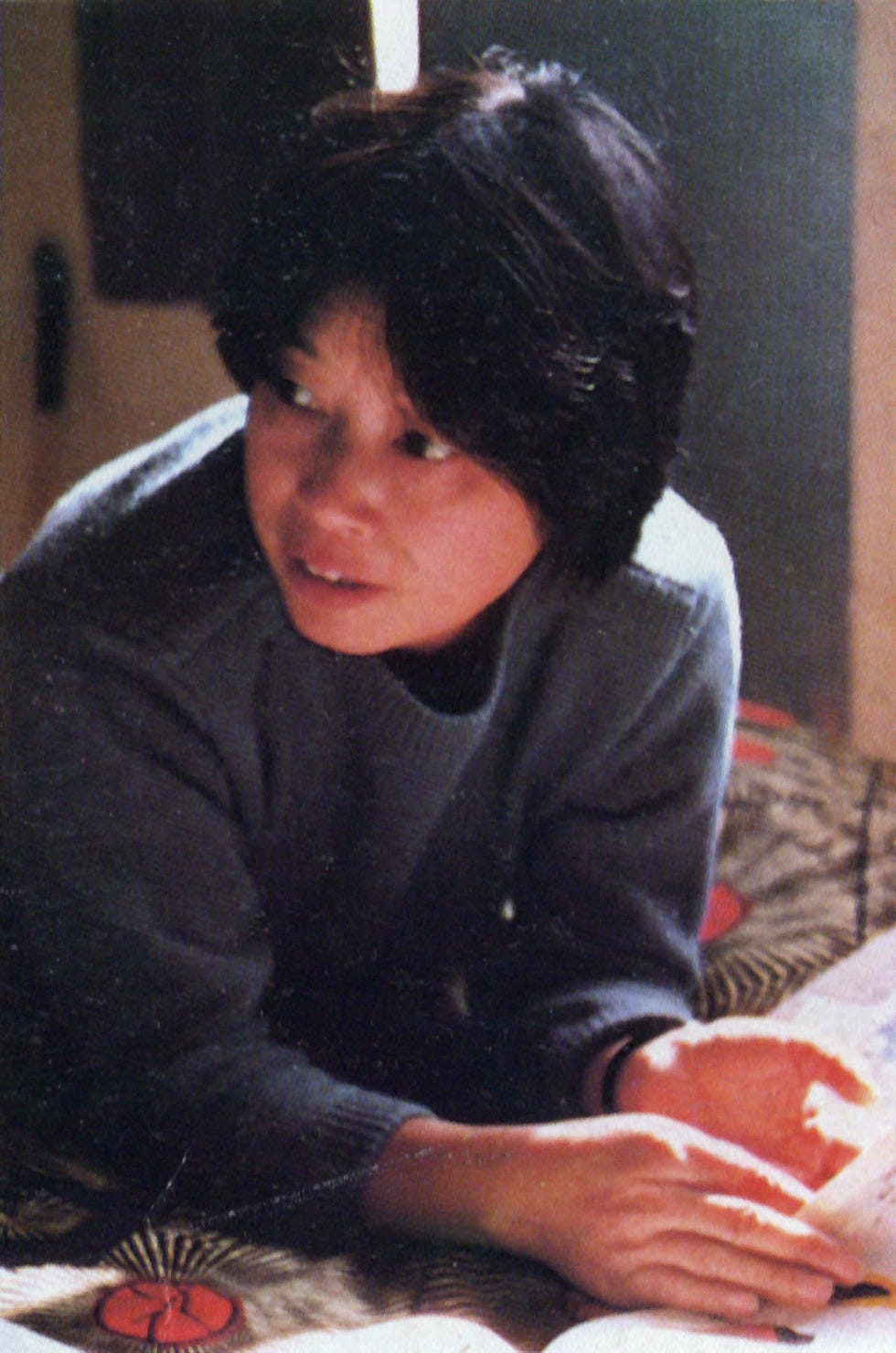The name Lin Wenxiao may not be familiar. Even in China, where she spent her career, she was never truly famous. But her art was.
Lin was a director and 2D animator — one of her country’s best. From the start of modern Chinese animation in the ‘50s, she was in the mix. If you’ve seen Little Tadpoles Looking for Mama (1960), that ink-wash gem, it was Lin who animated the tadpoles. She was, in the words of a co-worker, one of the “five outstanding Tiger Generals” of Shanghai Animation Film Studio.1
It’s not an exaggeration. As an animator, Lin was a master: she drew major sequences for Uproar in Heaven (1961–1964), The Buffalo Boy and His Flute (1963) and Nezha Conquers the Dragon King (1979). As a director, she oversaw some of the essential films made during China’s “second golden age of animation” in the ‘70s and ‘80s.
Earlier this month, at age 89, Lin passed away. She outlived her husband and lifelong collaborator, the animator-director Yan Dingxian, by roughly six months.
Lin’s surviving colleagues from Shanghai Animation released tributes. Some addressed her as “Xiao Xiao,” her nickname among friends; others as Teacher Lin Wenxiao. In China, she was a teacher. She spent years passing down as much as she could, hoping that it would help future generations. A few years ago, she told a historian that it would be a waste to let her knowledge disappear.
That historian, Fu Guangchao of the Kongzang archive, made his own series of tributes to Lin this month — publishing rarely-seen interview material and a “MAD” reel of her animation. It’s a good opportunity to reflect on Lin’s immense life and talent.
Keep reading with a 7-day free trial
Subscribe to Animation Obsessive to keep reading this post and get 7 days of free access to the full post archives.




